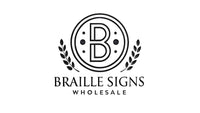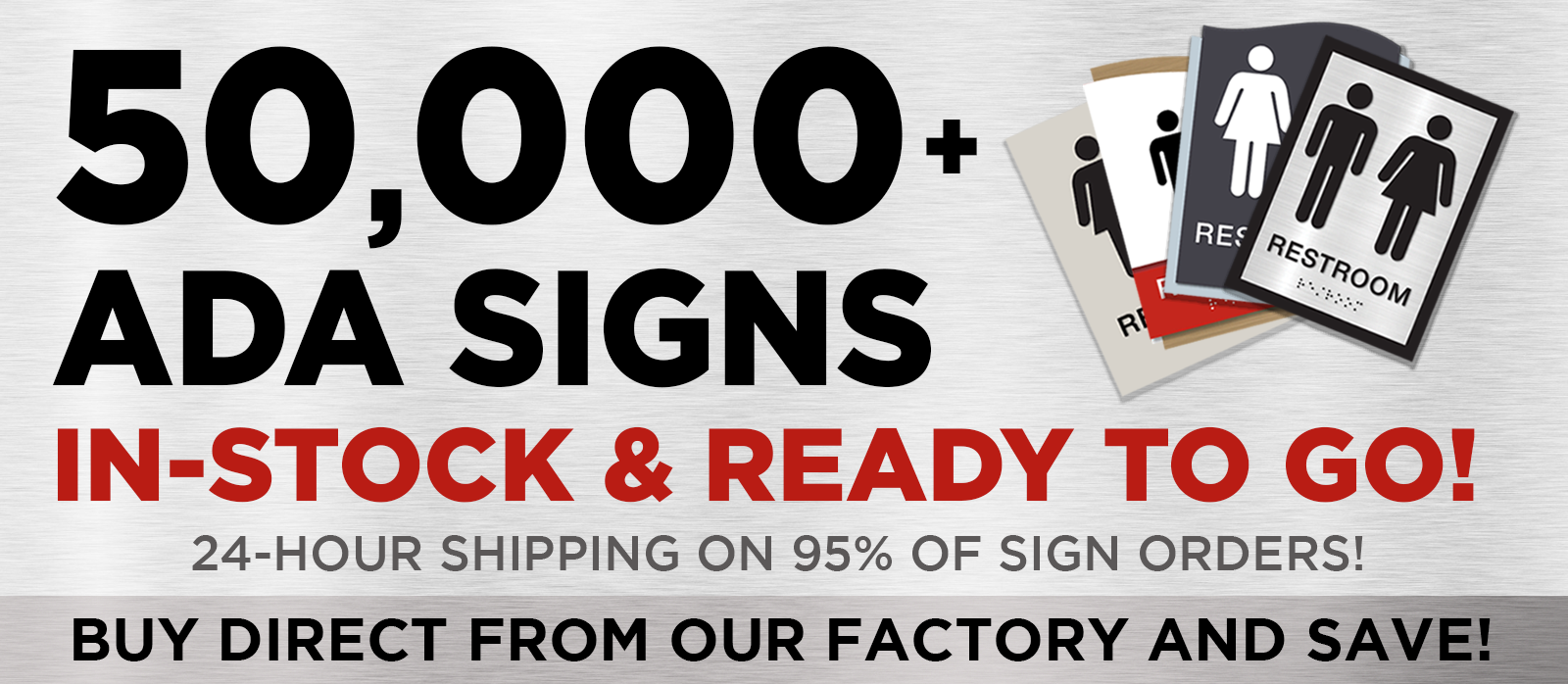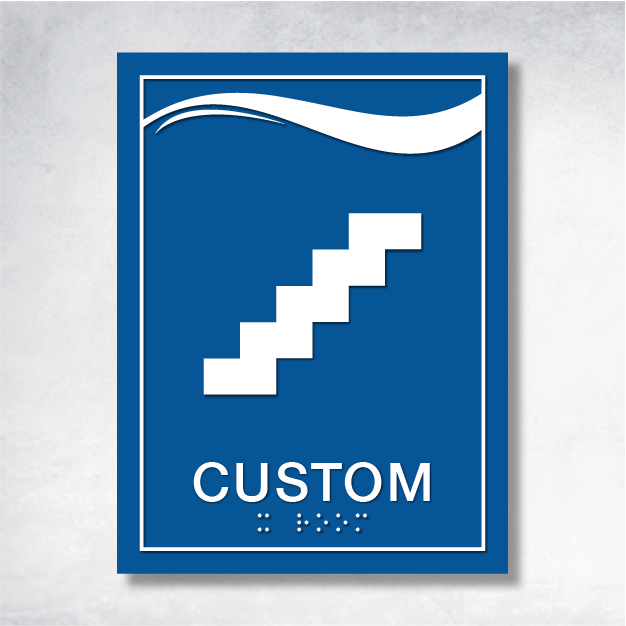When it comes to crafting ADA-compliant Braille signs, the material you choose is more than just a detail—it's the foundation of the sign's functionality, durability, and visual charm. Whether you're drawn to the sleekness of metal signs, the warmth of wood signs, or the versatility of acrylic, each material offers unique benefits and challenges. Let's explore these options to help you find the best material for Braille signs that perfectly aligns with your project's vision.
The Art of Material Selection in ADA Braille Signage
The choice of material in Braille signage is akin to selecting the right canvas for a masterpiece. It influences not only the sign's lifespan and visibility but also its compliance with ADA standards. Different environments demand different materials; for instance, outdoor signs need to brave the elements, while indoor signs might focus more on aesthetics and budget.
Acrylic: The Chameleon of Signage
Acrylic signs are the go-to choice for many indoor settings like offices and healthcare facilities. Their lightweight and cost-effective nature, coupled with a rainbow of color options, make them a favorite. However, they can be prone to scratches and temperature sensitivity, which means they need a bit of extra care if used outdoors. A UV-stable coating can be a game-changer here, enhancing their resilience against the sun.
Metal Marvels: The Durable Choice
For those who prioritize durability, metal signs, especially aluminum, are a stellar choice. Known for their weather resistance and sleek look, these signs are perfect for outdoor use. While they might be heavier and pricier than acrylic, their longevity often makes them a worthwhile investment, particularly when the elements are a concern.
The Timeless Appeal of Wood
Wood signs bring a touch of elegance and customization that is hard to match. Perfect for upscale indoor environments, they add a unique charm. However, they do require more maintenance and aren't the best fit for the great outdoors. Despite these considerations, their aesthetic allure can transform a space, making them a worthy choice for specific projects.
Crafting Your Decision: Key Considerations
When deciding on the best material for Braille signs, think about factors like non-glare finishes for optimal visibility and the right installation techniques. For outdoor signs, UV-stable acrylic can boost durability, while metal signs offer a lighter yet robust alternative.
Tailoring Choices to Your Project
If you're working with a tight budget, acrylic signs are a fantastic choice for indoor use. For projects where weather resistance and longevity are key, especially outdoors, metal signs are the way to go. And for those where aesthetics reign supreme, wood signs offer an elegant solution, particularly in premium indoor settings.
Dive Deeper into the World of Braille Signage
For those eager to delve deeper, resources like the Sunrise Signs' Ultimate Guide to ADA Tactile Signage Materials and FT Signage's guide on custom acrylic ADA Braille signs are invaluable. And when you're ready to explore products, BrailleSignWholesale offers a diverse range, including the Gamma - Directional A (18" x 12") and Navigational Necessities Signs, tailored to meet varied signage needs.
Crafting the Perfect Sign: Your Next Steps
Choosing the right material for ADA Braille signs is a crucial step in ensuring they fulfill both their functional and aesthetic roles. By weighing the unique benefits and limitations of acrylic, metal, and wood signs, you can make a choice that best suits your project. For top-tier ADA Braille signs that cater to your specific needs, explore the extensive offerings at BrailleSignWholesale. Your perfect sign is just a click away.









